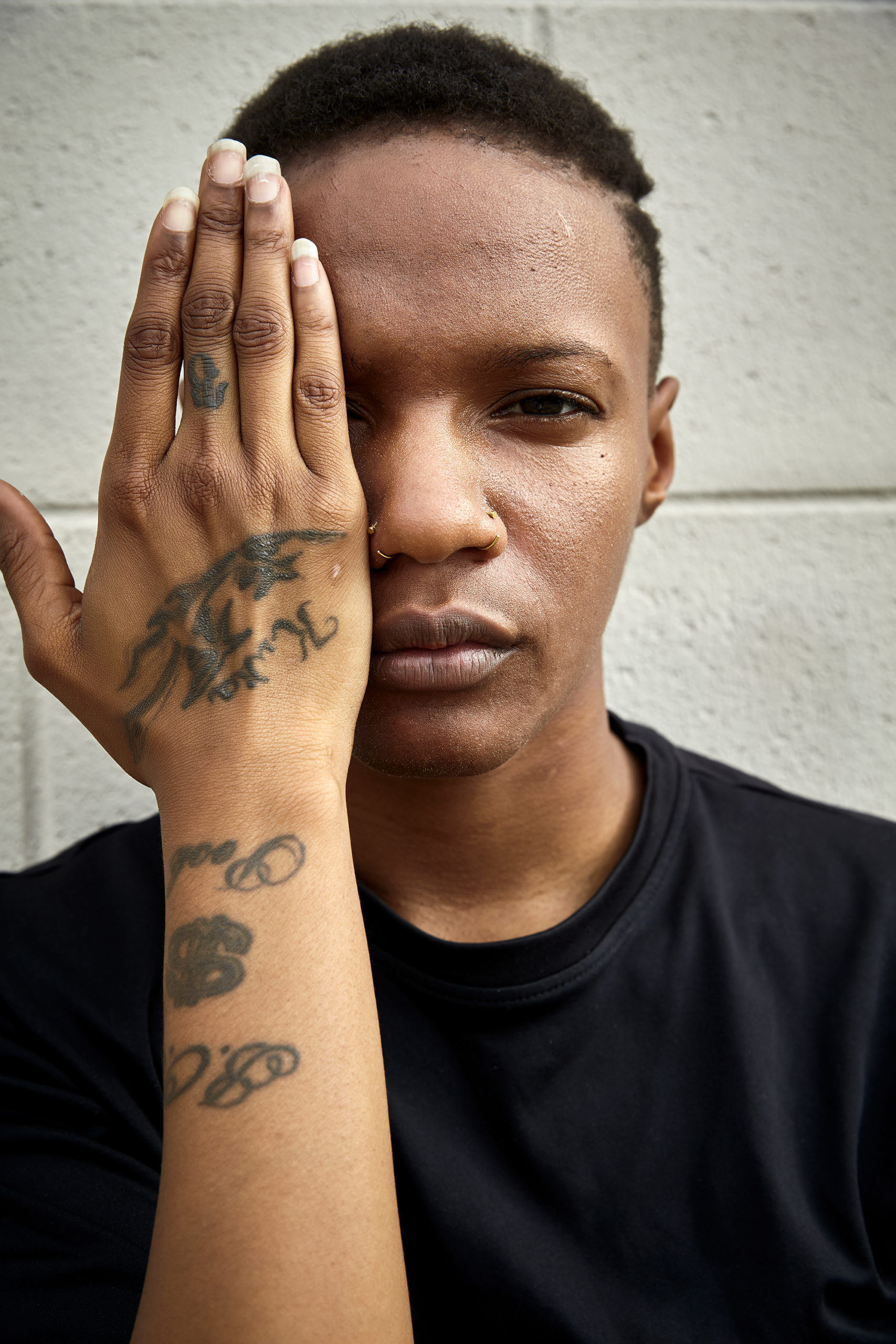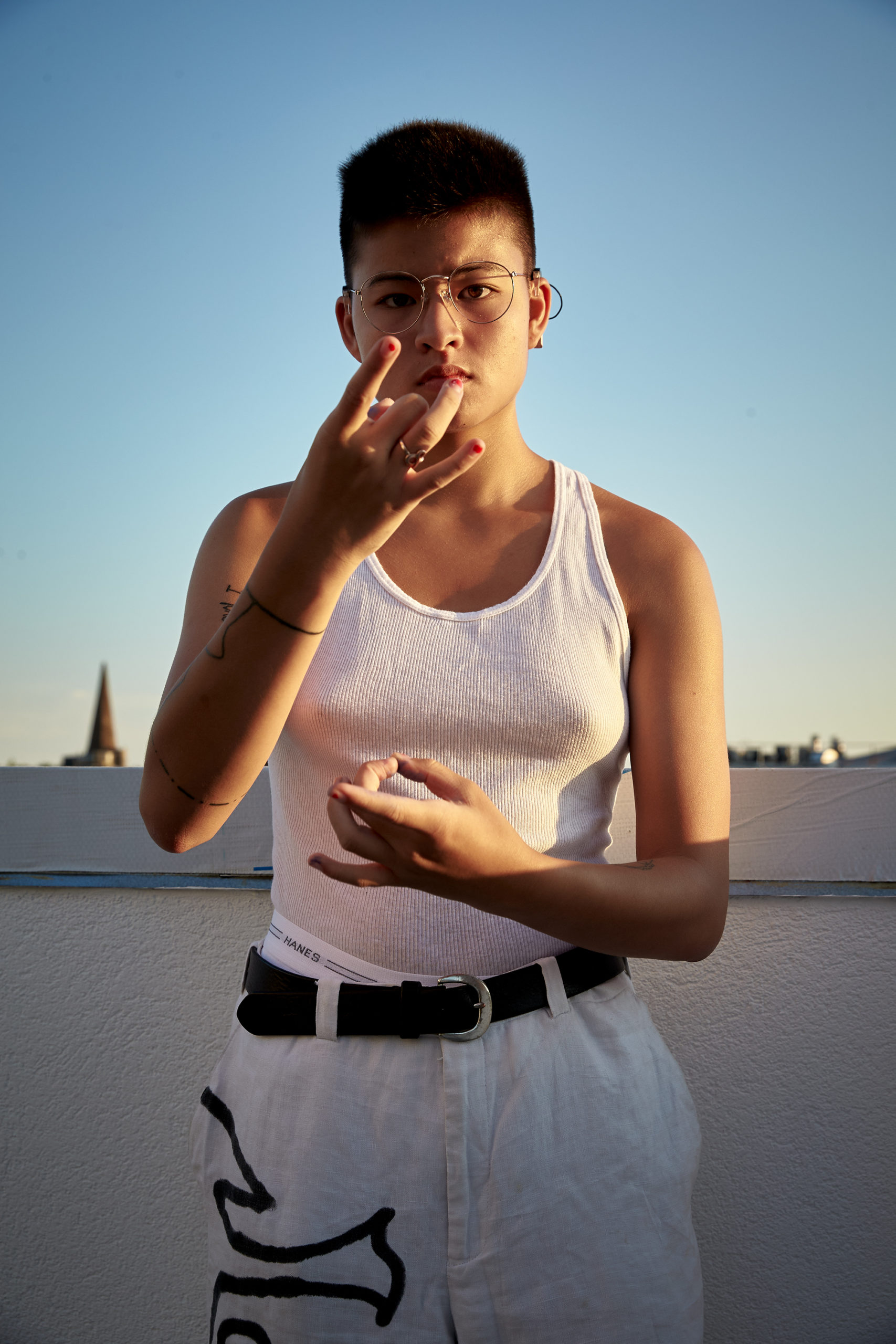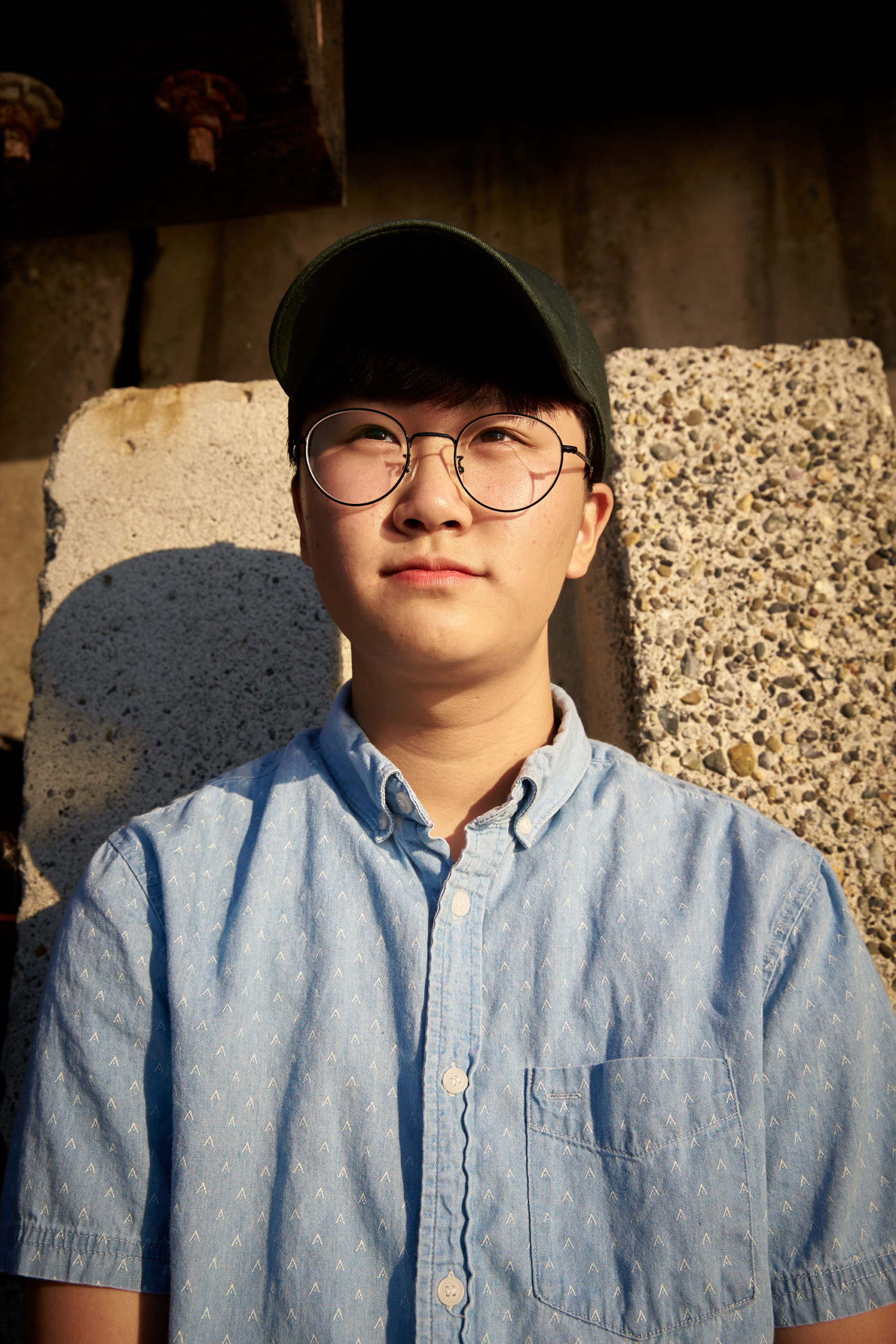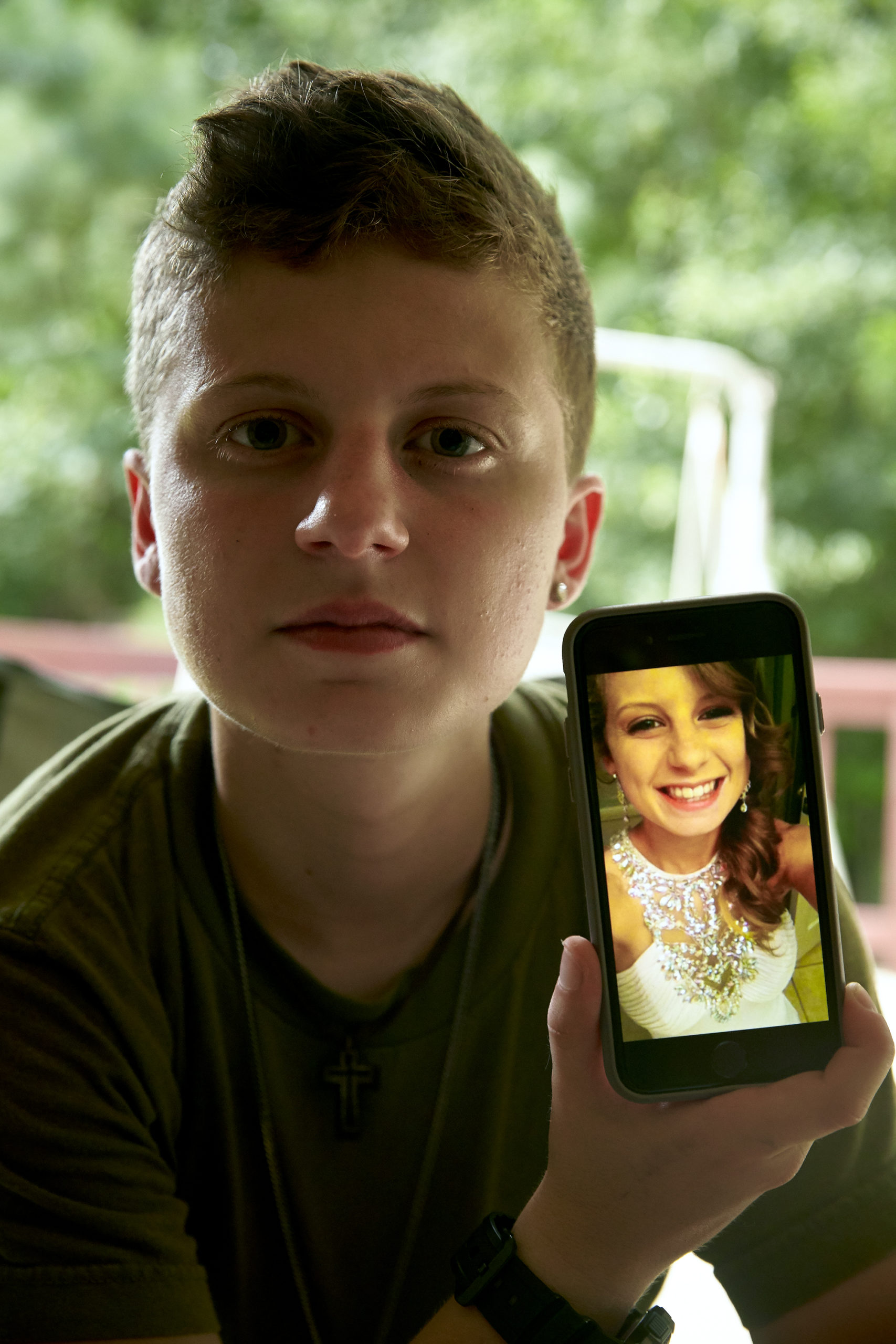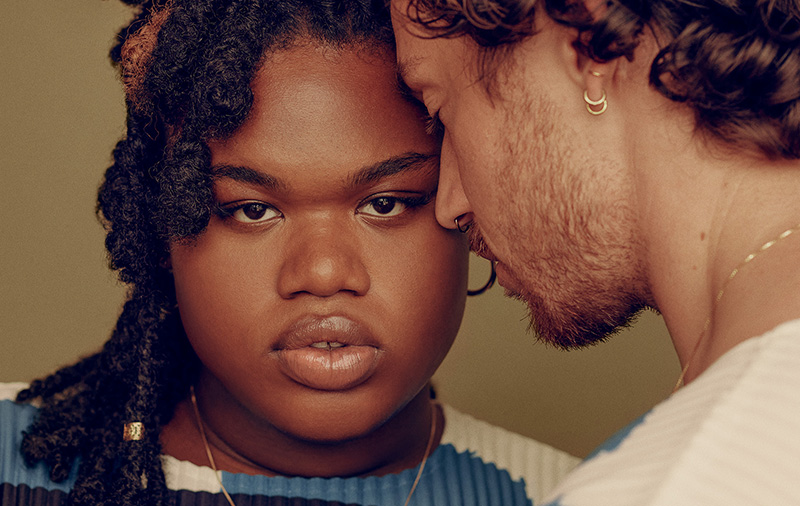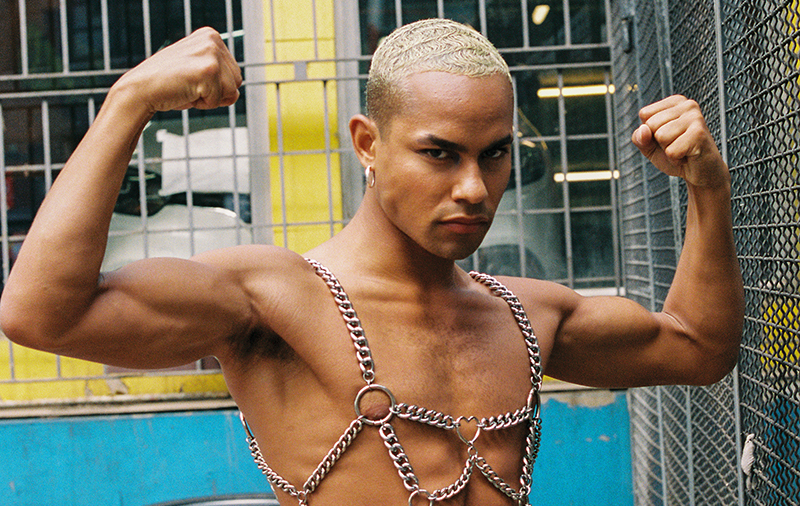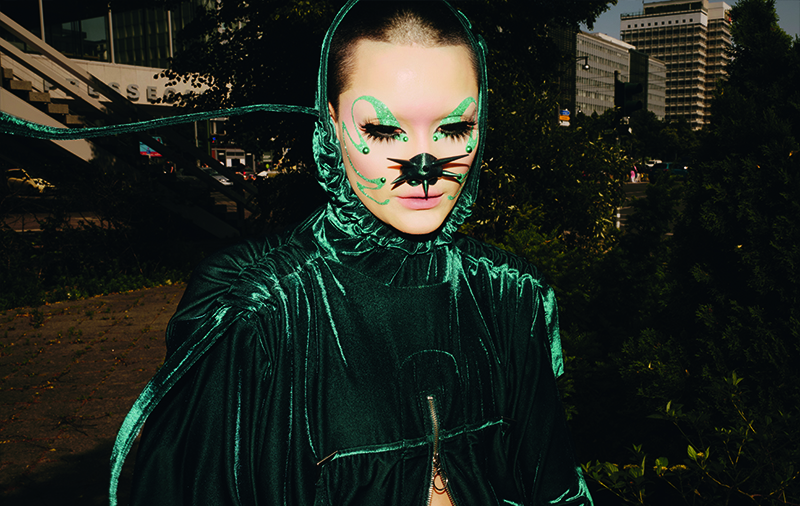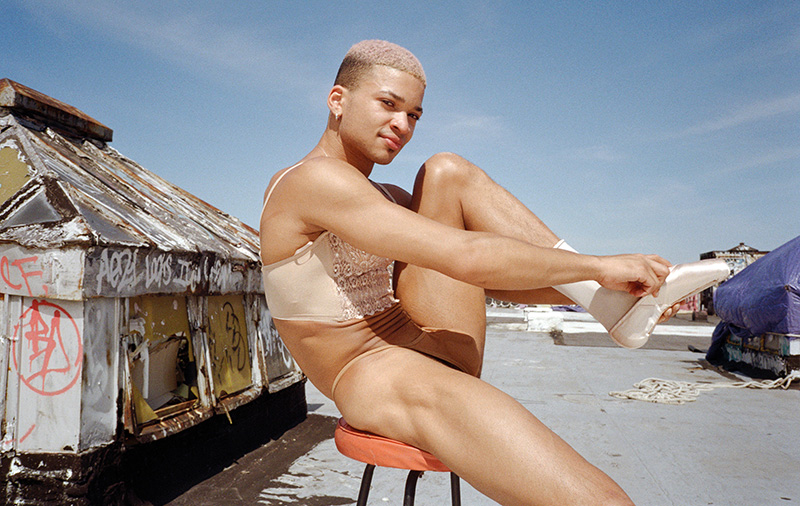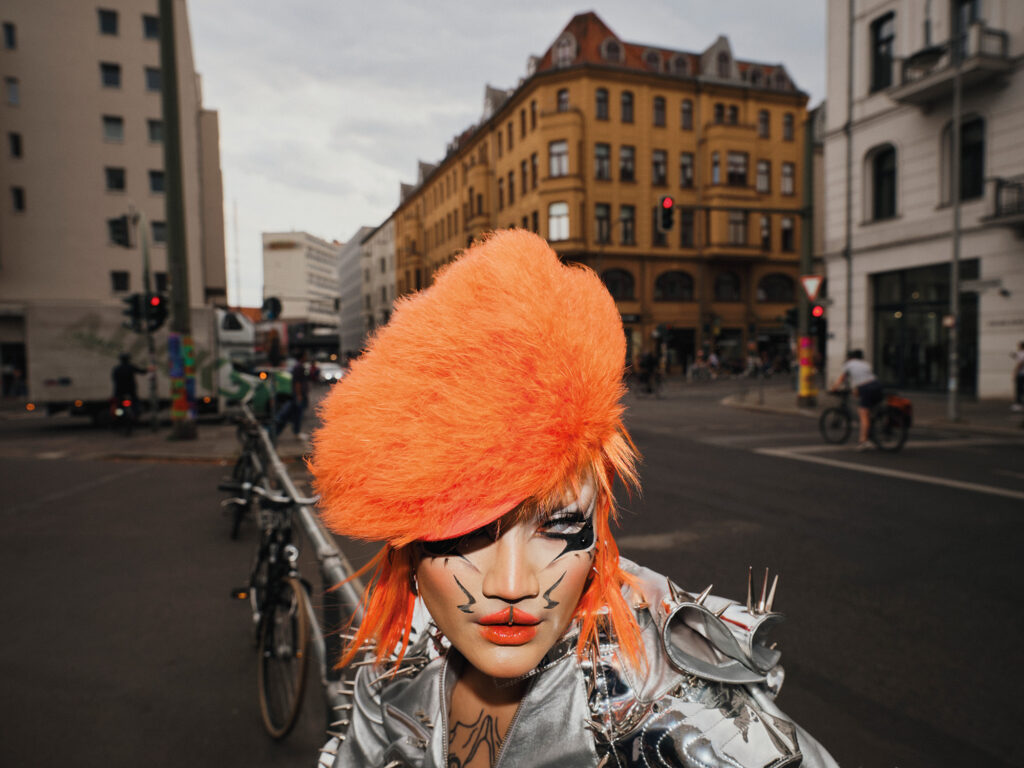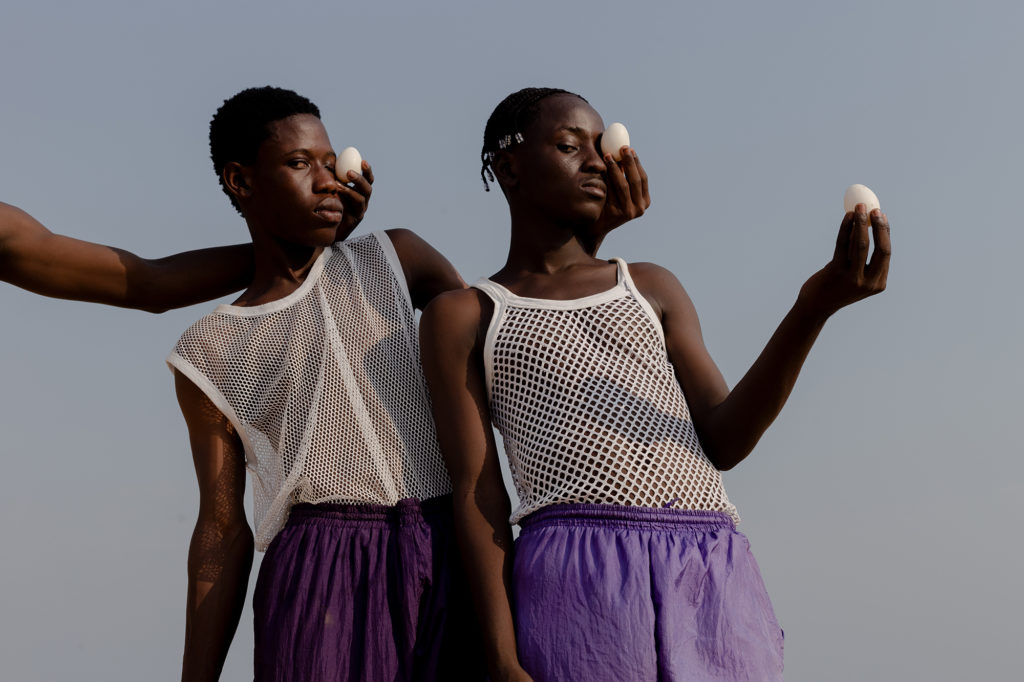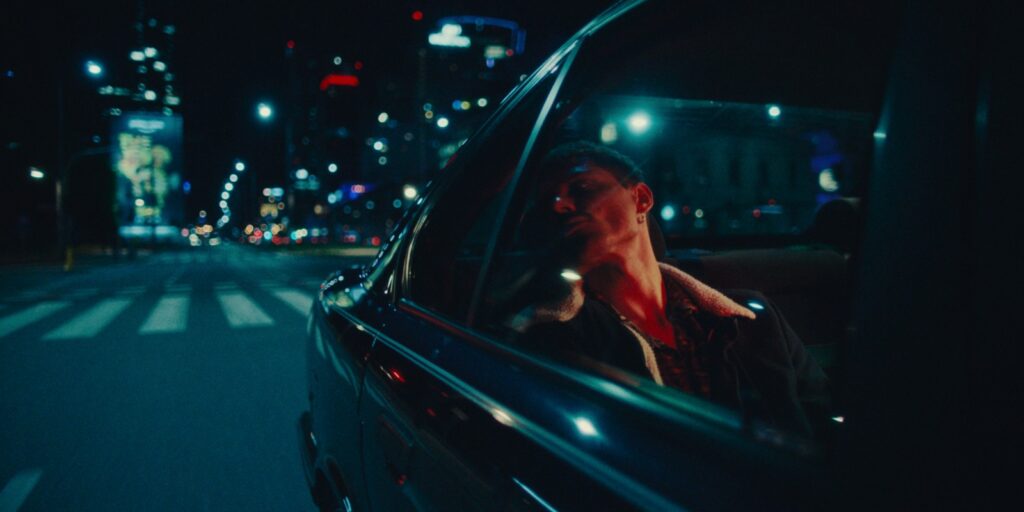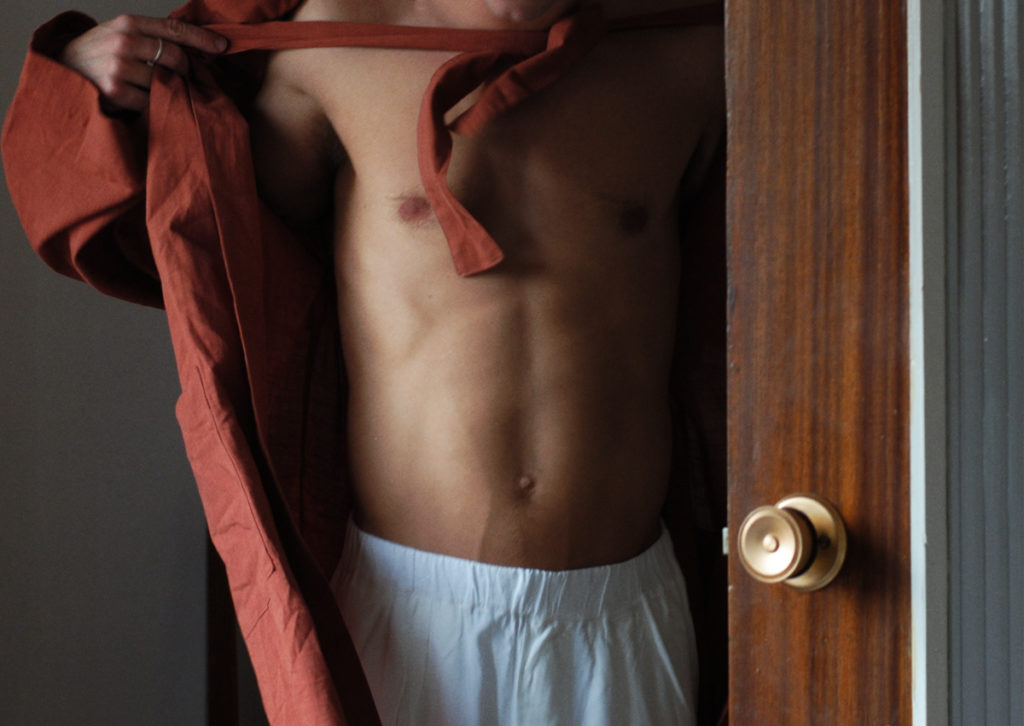Soraya T Zaman: A Seat At The Table
Artist Soraya T Zaman
Words Tom Czibolya
Based in New York, Australian photographer Soraya Zaman’s images capture the raw beauty that lies within diversity. A key participant in our Visible Love exhibition series, we asked Soraya to tell us more about their take on trans-masculinity, the double standards that queer artists are facing and how fighting for visibility can easily become a trap.
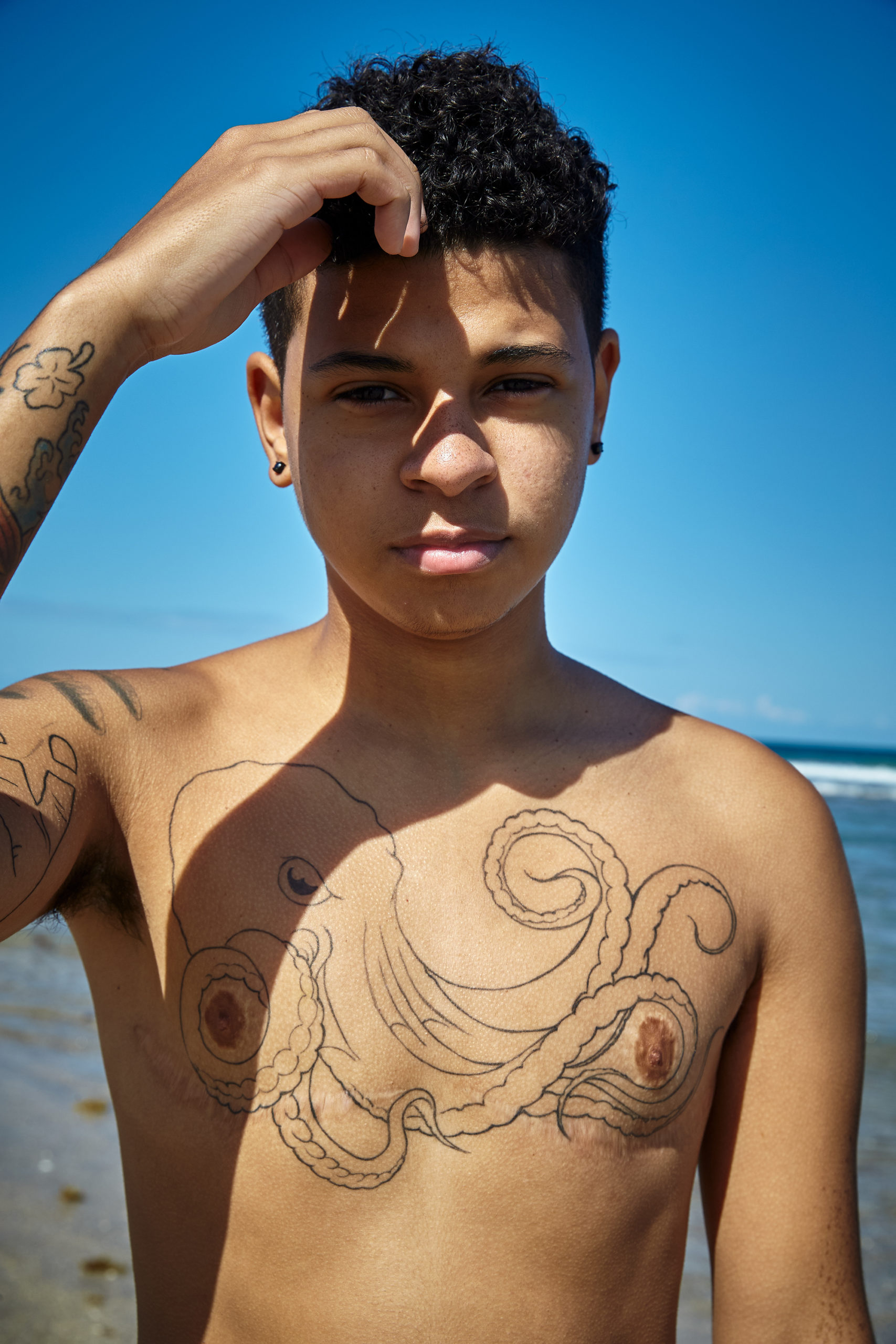
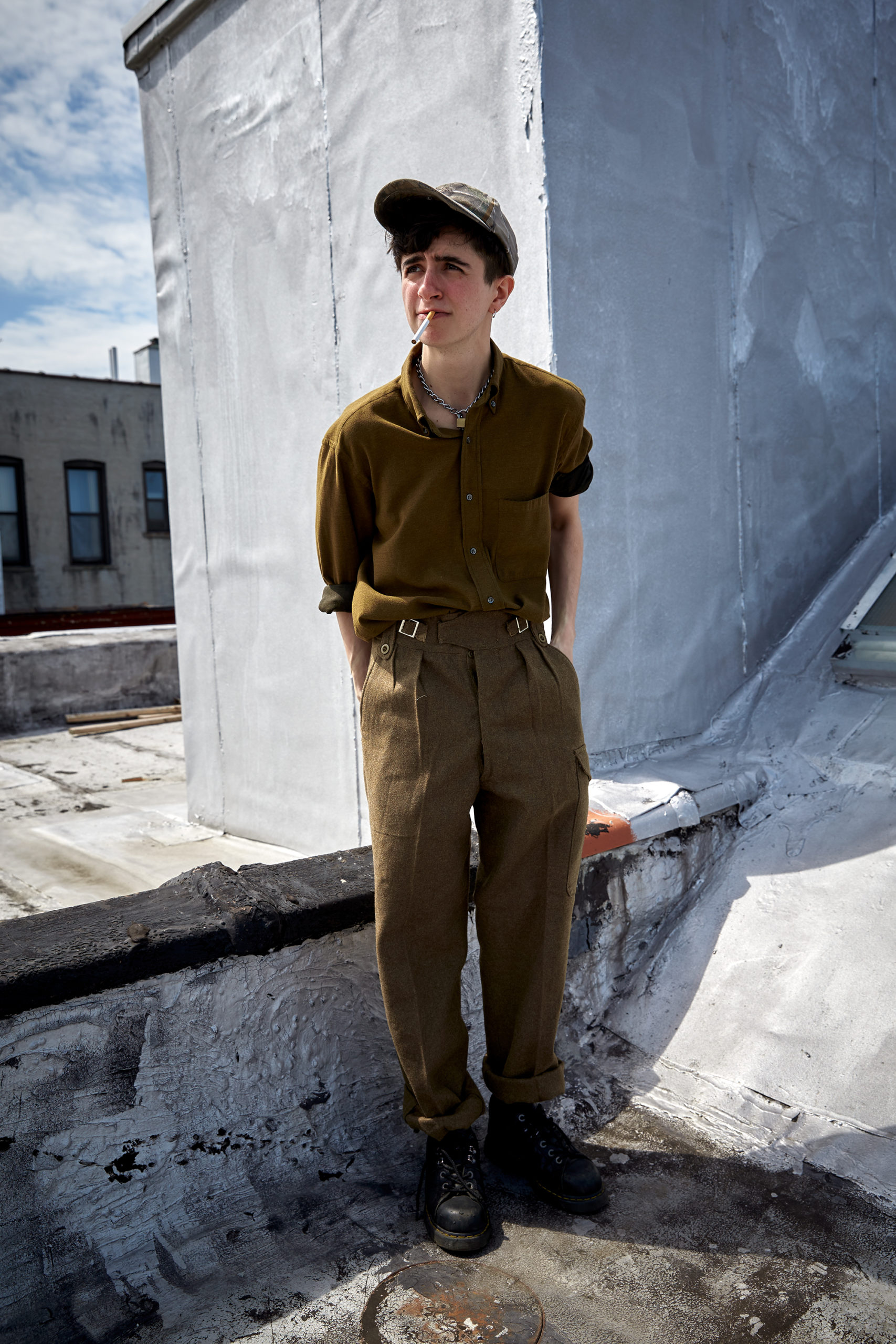
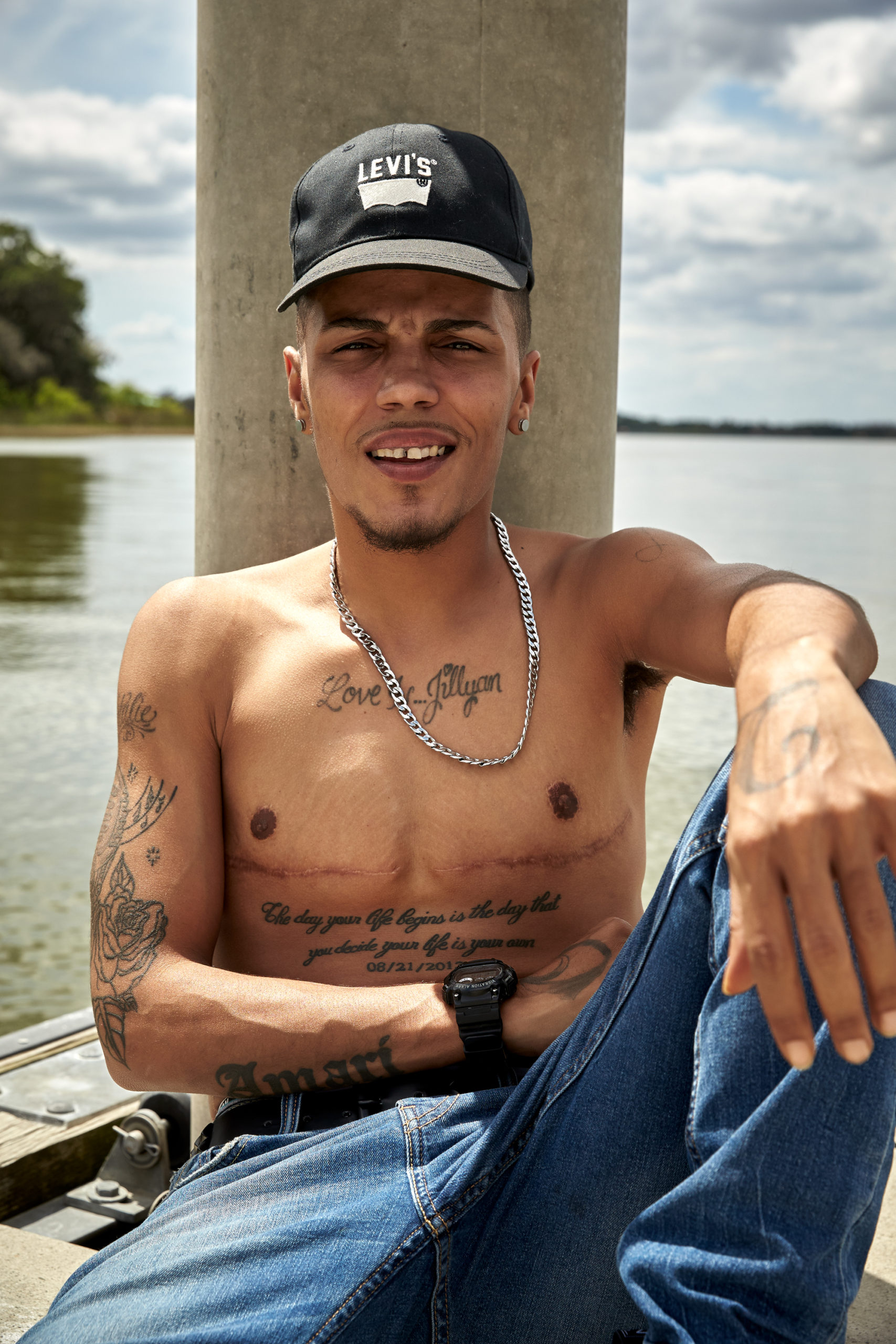
How did you and the people around you handle your own queerness while growing up?
I grew up in the 80’s in Australia. Being queer and being a person of color, were things that weren’t spoken about and celebrated. I wasn’t overtly discriminated against and my family was accepting, but it was also something no one spoke about. It took me coming into my own adolescence and young adulthood to learn how to accept and love who I am.
I embraced the queer culture in Sydney and as soon as I connected with the community there, my whole world expanded. I found my chosen family and a lifestyle that was really queer-centric. That was really the blossoming of me and my understanding of myself.
What is your first memory related to queer content?
I’m defintely showing my age here, but I would have to say the lesbian subplot with Willow and Tara on Buffy the Vampire Slayer. It was unexpected and I was definitely living for it. That queer relationship in the series felt like such a pivotal moment, it was very progressive at the time for a mainstream show. There was also the original The L Word and I read a lot of Jeanette Winterson novels. There wasn’t a lot of queer representation or queer content when I was growing up. All us queeros held onto any slither of a storyline that might be gay with bated breath and were more often than not, disappointed by it. Just goes to show how important it is to see yourself reflected in the media!
Your book, American Boys is a fantastic portrait series featuring people from all over the masculine spectrum. What’s your take on inclusivity within the queer community?
I think it’s better now. I feel like what was accepted in media was a very white, binary sense of queerness. Queer presentation has been defined by what was palatable to the heteronormative society for too long.
Yes, there’s been a shift but then at the same time in America, there is also a huge pushback now. Texas is trying to ban minors from seeing drag queens, while in Florida you can’t use the word gay in schools. Yet within the queer community, especially in New York, I think we are reaching a tipping point where anything goes now and that is wonderful.
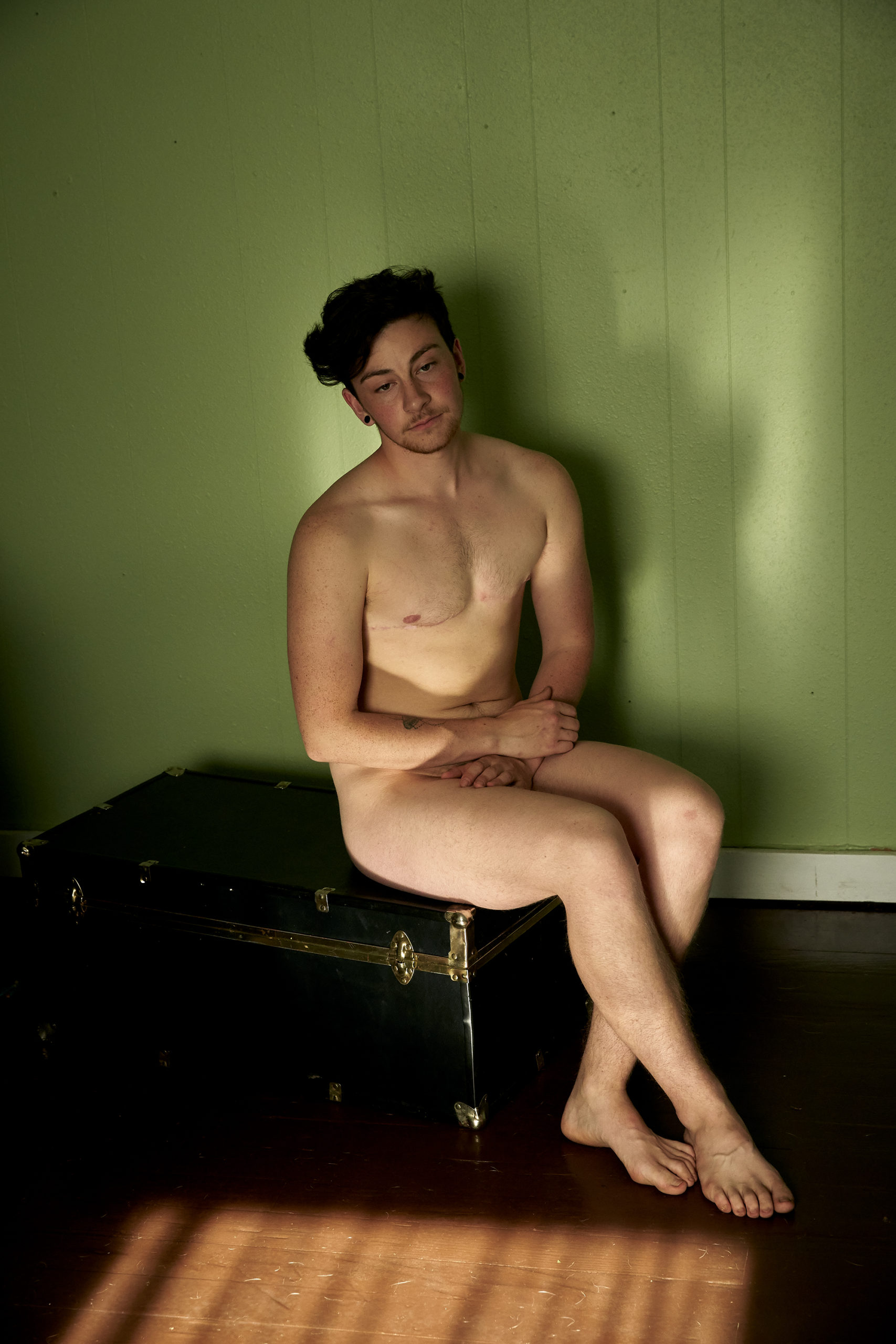
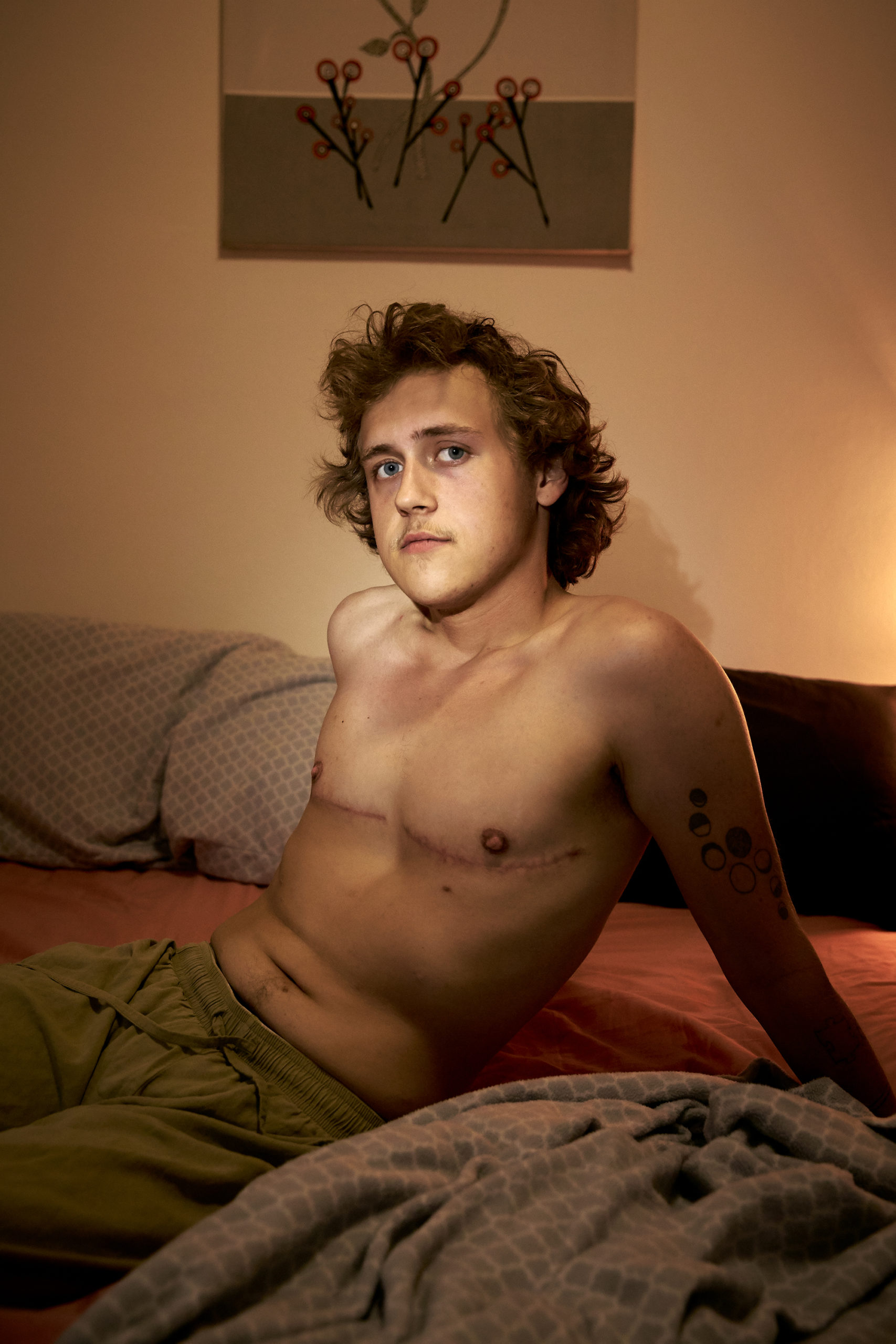

American Boys focuses on people living in more conservative environments. What is the reality of living as a non-binary or trans person in a rural area?
Showing people living all across the USA from big cities to small towns was an important aspect to American Boys. Queer people, non-binary people, trans people are everywhere. We permeate every culture, every socio-economic status, religious denomination, every town, city and rural area. I think there is a perception that queer people just live in big urban cities, but that just isn’t the case. Perhaps the only distinction is that it’s safer and easier to live an openly queer life in urban progressive areas.
However even in some of the most conservative places in the US, in small towns, there are queer people thriving. They might be small in numbers, but they are very strong. Going to these places and seeing these really great communities was something I found really awesome.
How can one communicate their own identity in a setting like that?
I’m not sure if I can answer that since it really comes down to the individual. It’s a matter of their level of safety, comfort and what community is available in the places they’re living. Maybe it’s a community center, a school or a bar. Some people are really engaged in these things, while others aren’t. It’s an individual preference.
How bold of a stand is it today to create queer and especially trans art?
I started shooting the American Boys project in 2016 and when it came out in 2019, I don’t think that there was a lot of trans masculaine representation in any kind of media. For me, this project was extremely personal as I was also exploring my identity as being non-binary at the time and doing that through photography helped me a lot.
I feel like American Boys was part of this wave and a sudden need or urgency for trans and especially transmasculine identity to be centered in a real and genuine way. I could feel the importance of doing the best job I can trying to capture this moment. These young people, living their lives as trans, whatever stage they are at, and without any kind of limitations or anything holding them back.

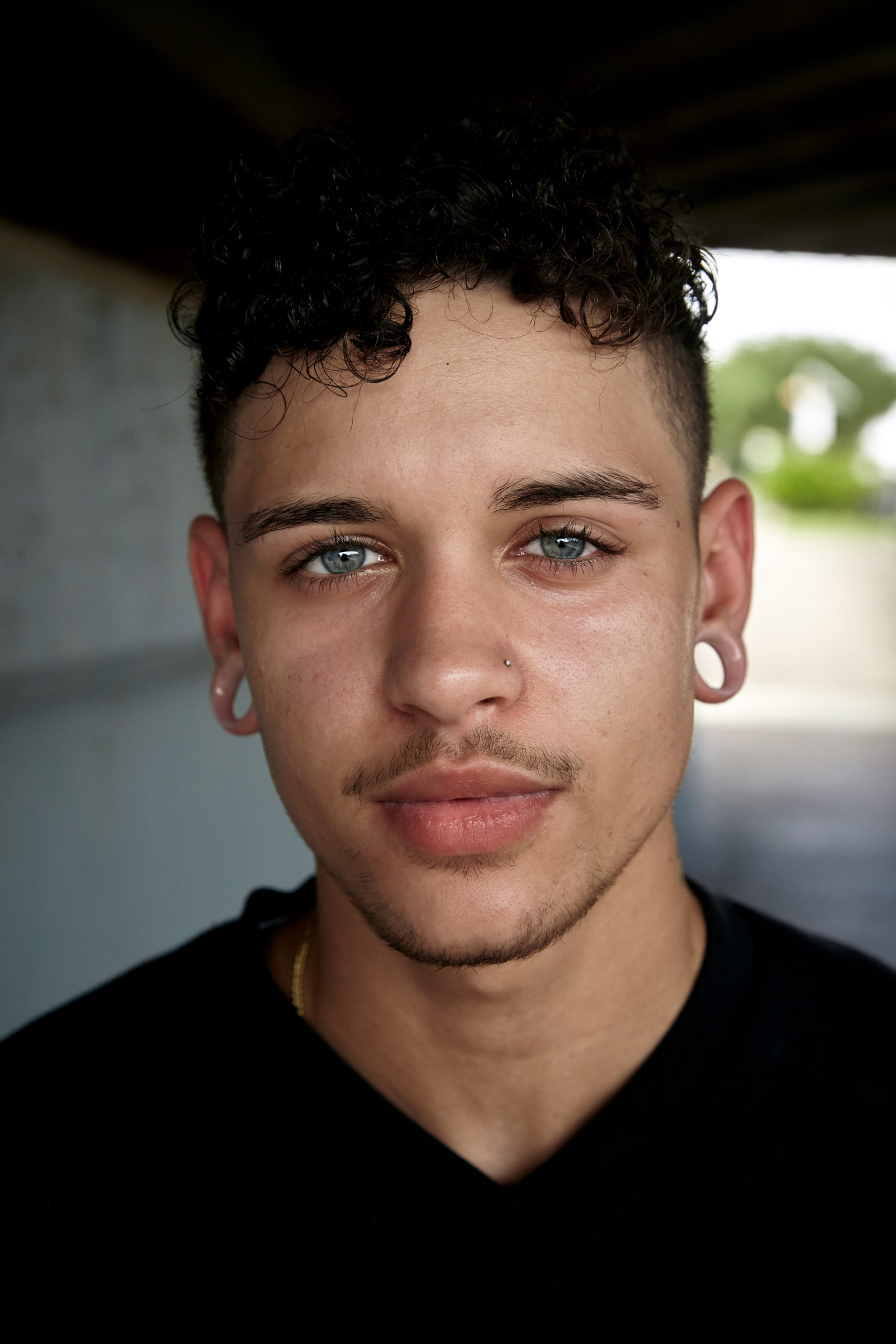

What sort of publicity do queer and especially trans people need these days?
I would love to see queer stories and narratives celebrated and being present outside of the one dedicated month of Pride. It’s also just so clunky, it’s like everyone just wants to tick that rainbow box. I think queer people need complex, genuine, compelling, thoughtful, intellengent and affirming publicity. I would also love to see queerness woven into the fabric or whatever is happening without it being pointed out or highlighted to prove that it is there.
What does being visible mean to you?
I think visibility can be a little bit of a trap. It’s kind of like when we thought that gay marriage was gonna bring equal rights. Now we know that it’s absolutely not true. Yes, we can get married yet we still are being discriminated against.
I think being visible is not an end goal, but the bare minimum. We are visible, queerness is visible and it’s getting more visible. But let’s talk about the below-the-surface level of visibility. Look at a corporate office or even a creative house. How many queer people, trans people, people of color are there? How many of them hold meaningful positions?
Putting visibility on the top of the pile to me is giving yourself up to tokenization. We need to be more than just visible. We need to be part of the overall conversation in a way that creates meaningful diversity.
How do you imagine the groundwork for this social change to be?
Education is a huge part of it. I think the groundwork is making sure that queer people – and I’m not only talking about cisgender white guys – are all present and have a seat at the table in all of the rooms. That’s how real change could happen. And this can be said for all marginalized groups. There is so much value and wisdom that can come from having true diversity. Complex and layered narratives that truly reflect the world we live in.
When you’re a queer artist, there is a flip side. People think that’s all you can do so you get pigeonholed. You’ll be labeled as someone who can only shoot queer content and your pictures will be always seen through the lens of queerness.
If a straight person comes in and does a project around queerness, they still have the mobility to go back out and get to do other kinds of work, while queer people can get stuck in this and if they do a portrait, it’s never gonna be a good portrait, but a good queer portrait.”
I feel like acting is a really good example. Straight actors can come in and take queer roles, – although it’s being called out now more and more – then have the abiltiy to move out that role and do other things. An openly queer actor, especailly someone who is trans, doesn’t have the same mobility. They will unlikey be cast as a cisgender, straight person. It’s prejudice and I feel like this is the biggest trap of being a queer artist. You gotta work twice as hard and prove that you are versatile. I love being queer and creating queer art. I wouldn’t change any of it. I love celebrating who I am but I’d be lying if I’d say that there is no flipside to it. And to change that, it will take us much more than visibility.
You can buy Soraya’s latest book, American Boys here.
